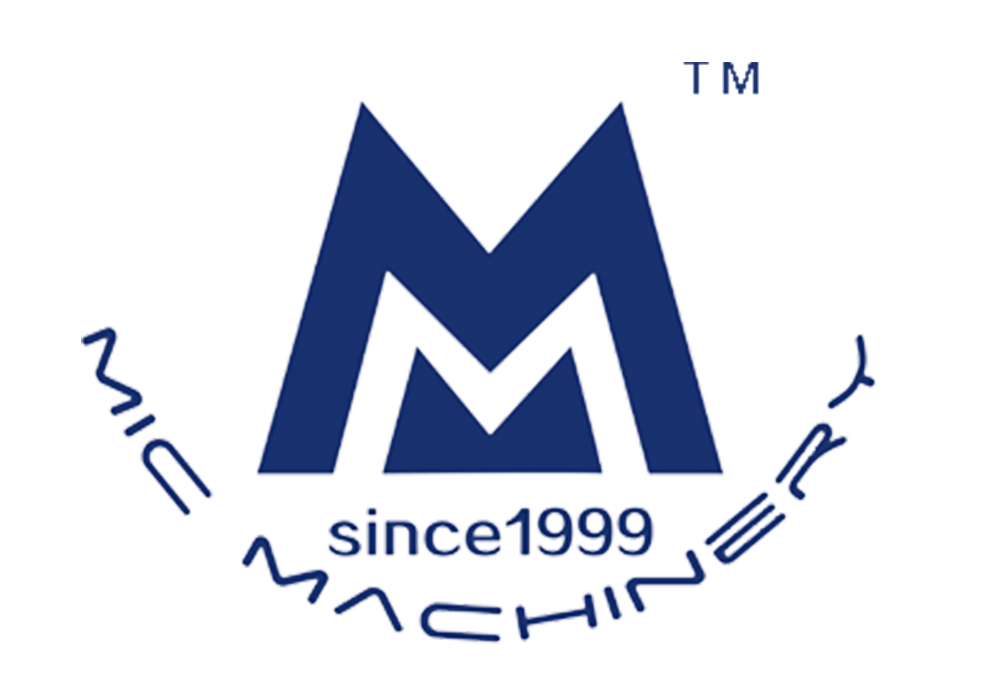The Origins of Coffee: From Ethiopia to the World
By the 15th century, coffee had spread to Yemen, where it was cultivated in the Mocha region and brewed in a method closer to what we recognize today. The drink quickly gained popularity in the Islamic world, where it was appreciated for helping worshippers stay awake during long prayers.
The Ottoman Empire later introduced coffee to Istanbul, and from there, it moved into Europe. Venice, Paris, and London saw the rise of coffeehouses, places that became centers for intellectual conversation and political debate. Coffee had become more than a beverage—it became a global ritual.
Today, the worldwide demand for this drink fuels a massive industry. Behind the scenes, the coffee filling machine plays a crucial role, ensuring that every bag, capsule, or bottle is filled with precision, preserving the legacy of centuries-old tradition.
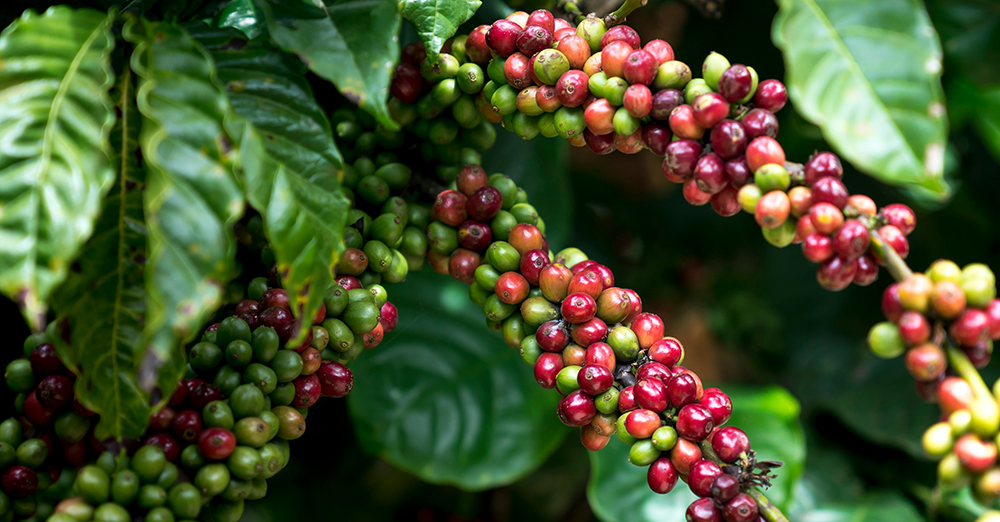
The Coffee Production Process: From Cherry to Cup
The transformation from cherry to cup involves multiple complex steps, each demanding precision and consistency to maintain flavor, freshness, and quality.
1) Harvesting and Processing
Coffee beans are seeds of the coffee cherry. Depending on the region, cherries are either hand-picked or harvested using machines. Once harvested, they must be processed quickly to avoid spoilage. There are two main methods: dry (natural) and wet (washed) processing.
◆ Dry processing involves drying the whole cherry under the sun.
◆ Wet processing removes the pulp before drying, often enhancing clarity in flavor.
Once dried, the beans are hulled and sorted based on size and quality.
2)Roasting and Grinding
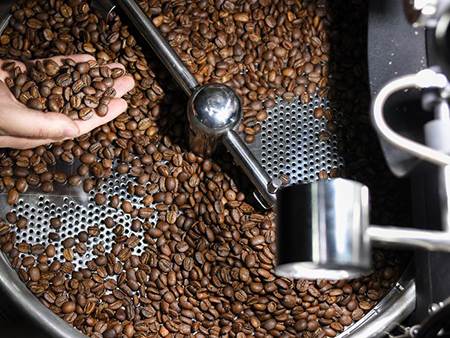
After export, green coffee beans are roasted in specialized facilities. Roasting brings out the coffee’s aroma and flavor through chemical reactions like the Maillard reaction and caramelization.
Grinding then follows—grind size varies depending on the brew method, from coarse for French press to fine for espresso.
3)Packaging and Filling
This is where the coffee filling machine becomes essential. Whether the product is ground coffee, instant powder, or liquid concentrate, a high-precision filling system ensures each container is filled consistently to avoid waste and meet regulatory standards. Advanced systems handle speed, hygiene, and air-tight packaging in one seamless operation.
Roast Levels and Flavor Profiles: Mastering the Heat
Light Roast
Light roasts are characterized by high acidity and fruity or floral notes. These beans are roasted to preserve their original terroir, showcasing subtle nuances from origin-specific soil, altitude, and processing methods.◆ Often used for pour-over or drip coffee
◆ Bright, complex flavors
◆ Higher caffeine content
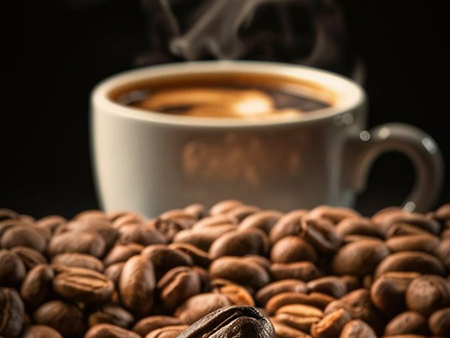
Medium Roast
Balanced between acidity and body, medium roasts bring out caramel, chocolate, and nutty flavors. They’re extremely versatile and favored for espresso, filter brews, and cold brew.◆ Less acidic, more body
◆ Popular for specialty blends
◆ Ideal for both home and commercial use
Dark Roast
These beans are roasted longer, resulting in a smoky, bittersweet profile with reduced acidity.◆ Common in Turkish and Italian coffee traditions
◆ Bold, strong taste
◆ Less origin-specific complexity
Due to the differences in density and oiliness at each roast level, automatic coffee filling machines must adjust fill parameters to maintain accuracy. Dosing, anti-static features, and oxygen flushing are often built-in to preserve aroma and prevent spoilage.
Modern Coffee Beverages: Creative Trends and Innovations
Coffee culture is evolving, and with it, so are the beverages. No longer confined to just espresso or black coffee, consumers now crave innovation, variety, and convenience.
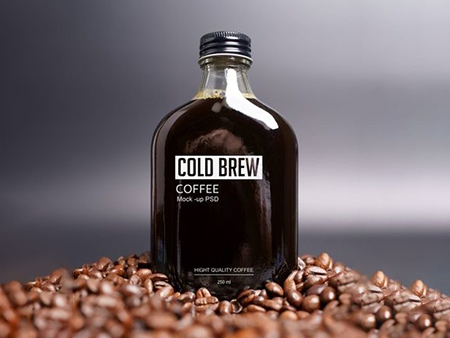
Cold brew is created by steeping coffee in cold water for 12–24 hours, producing a smooth, less acidic beverage. Nitro coffee, infused with nitrogen gas, delivers a creamy mouthfeel without milk or sugar. These beverages are especially popular among younger consumers and athletes.
Such drinks are often sold in bottles or cans, requiring specialized coffee filling machines that manage low temperatures, pressurization, and oxygen-sensitive ingredients.
Ready-to-Drink (RTD) Coffees
RTD coffees are rapidly gaining traction in supermarkets and vending machines. These beverages may include milk, protein additives, plant-based creamers, or functional ingredients like collagen and vitamins.To fill these complex formulas accurately, manufacturers use multi-lane, servo-controlled filling systems that support mixed viscosities and simultaneous container handling.
Specialty Lattes and International Styles
From matcha lattes to spiced cardamom espresso drinks, flavor fusion is becoming mainstream. These products often come in single-serve PET bottles or glass jars. A customizable coffee filling machine is required to handle varying bottle shapes and closure types, ensuring spill-free and sterile packaging.
Coffee and Health: More Than Just a Pick-Me-Up
Gone are the days when coffee was thought to be harmful. Modern scientific research has unearthed numerous health benefits tied to coffee consumption, particularly when consumed in moderation.
Mental and Physical Benefits
◆ Caffeine stimulates the central nervous system, improving focus, reaction time, and mood.
◆ Studies show a lower risk of neurodegenerative diseases like Parkinson’s and Alzheimer’s among regular coffee drinkers.

Coffee is rich in polyphenols and antioxidants, which help reduce inflammation and oxidative stress. Research has also linked coffee consumption to improved liver health and reduced risk of type 2 diabetes.
Low-Calorie Energy Source
Plain coffee contains minimal calories, making it ideal for those watching their weight. RTD coffees now come with plant-based milks and sugar alternatives, offering functional beverages that still deliver on taste.
Because health-conscious consumers are sensitive to contaminants and freshness, fully automatic coffee filling machines integrate sterilization modules, nitrogen flushing, and sealed filling zones to ensure product integrity and shelf life.
Coffee Around the World: A Cultural Expression
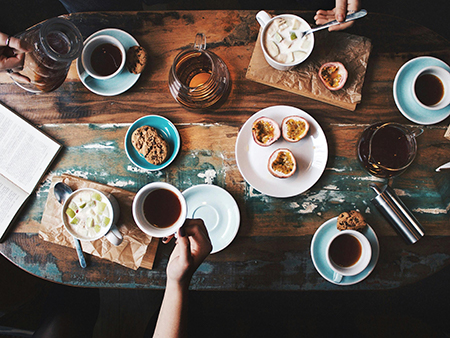
In some regions, preparing coffee is a meditative, communal act involving roasting, grinding, and brewing that brings people together in intimate settings. In others, it’s a fast-paced routine—grabbed on the way to work, sipped between meetings, or consumed on-the-go in portable packaging. While some cultures cherish bold, unfiltered brews steeped in history and mysticism, others celebrate minimalism and precise craftsmanship with pour-over or siphon techniques.
There are also communities where coffee breaks are institutionalized—short pauses in the day to gather with friends, share stories, and enjoy pastries. In contrast, certain markets see coffee as a deeply individualized experience, where customized flavors and branded cups become a form of self-expression.
Despite these cultural differences, one truth remains: coffee is universally cherished, and the packaging that delivers it must respect this diversity. Modern coffee filling machines are thus designed with remarkable flexibility, accommodating everything from traditional glass bottles to ready-to-drink cans, adapting to local customs, regulatory environments, and consumer preferences without compromising efficiency or hygiene.
The Future of Coffee Filling: Smart Automation Meets Tradition
As demand rises, so does the need for smart, scalable filling systems that uphold quality and improve efficiency.
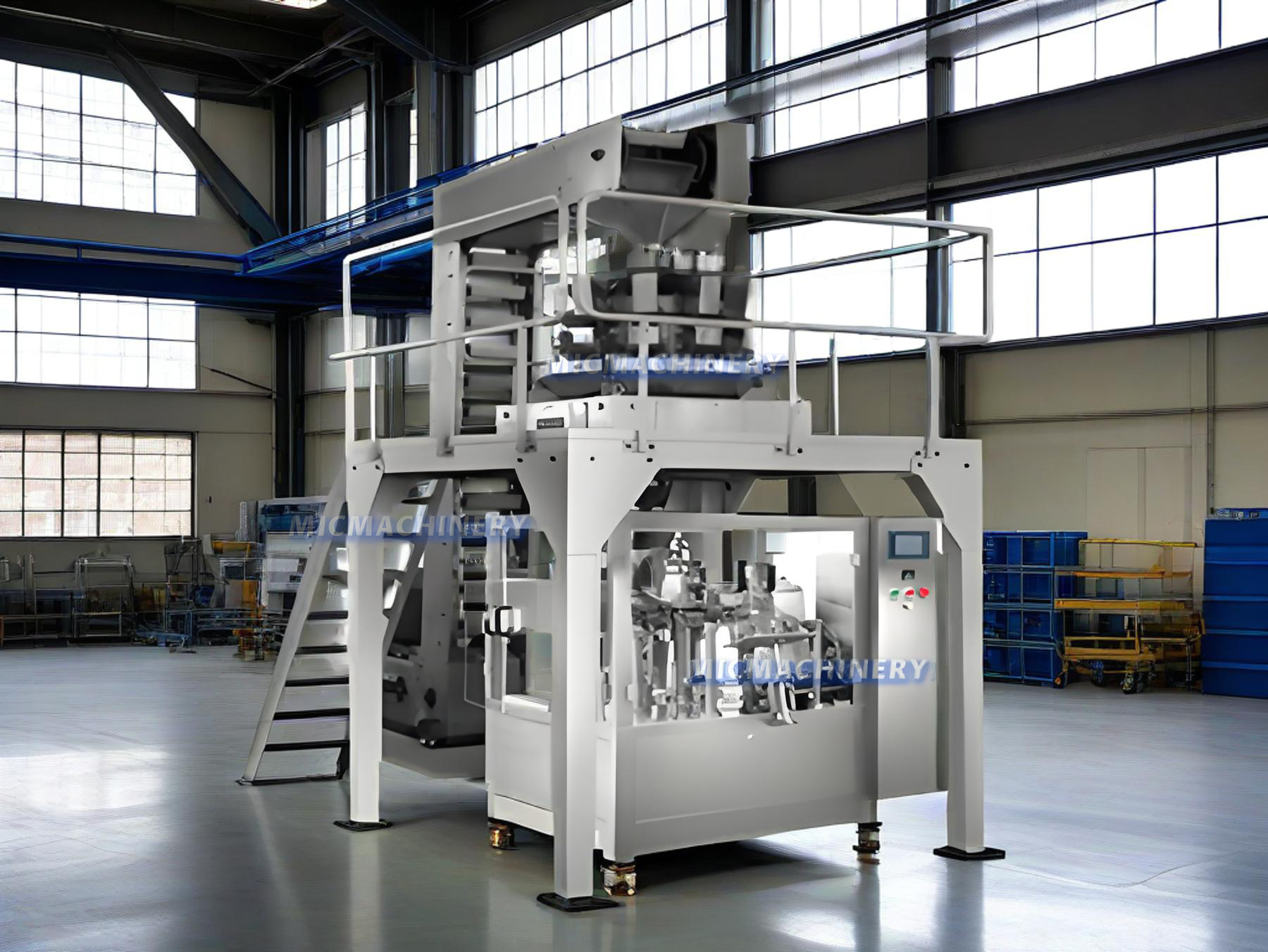
Modern rotary coffee filling machines offer servo-controlled filling heads, real-time fill verification, and touchscreen interfaces. These enable rapid changeovers between container sizes and coffee types.
Smart sensors, IoT modules, and cloud-based analytics monitor fill accuracy, machine wear, and environmental conditions, enabling predictive maintenance and traceability across production lines.
Sustainability and Innovation
As sustainability becomes a priority, coffee filling machines are evolving to handle biodegradable pods, recyclable containers, and minimal-waste pouch packaging. Clean-in-place (CIP) systems reduce water usage and ensure hygienic operation with minimal downtime.
With customizable layouts, modern machines integrate seamlessly into production facilities, whether you're filling 50 ml cold brew bottles or 500 g pouches of dark roast grounds.
Jiangsu MIC Machinery offers tailored solutions that combine mechanical engineering with digital control, helping coffee producers stay competitive in a fast-evolving market.
